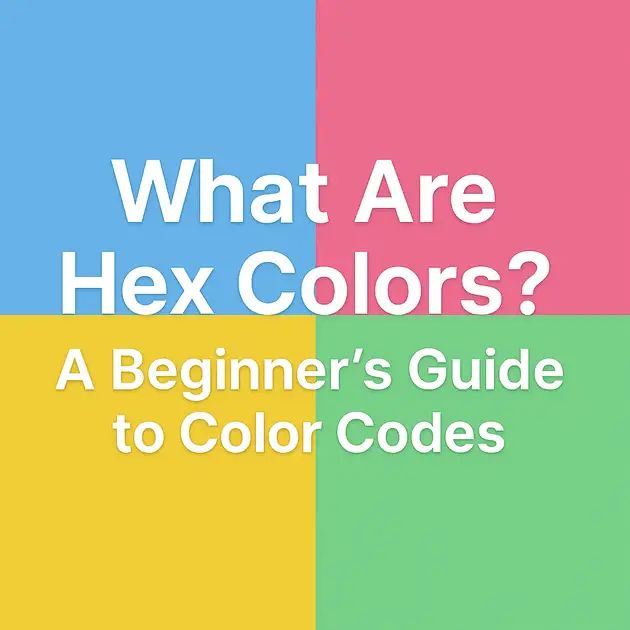To create stunning color palettes, you need more than just hex codes—you need to understand color theory. The HSL model (Hue, Saturation, Lightness) gives you total control over your colors. Let’s break it down.
What is Hue?
Hue refers to the actual color family—like red, blue, or green.
- Red = 0°
- Yellow = 60°
- Blue = 240°
What is Saturation?
Saturation is the intensity or purity of a color.
100%= vivid and bright0%= gray (no color)
Example:
hsl(0, 100%, 50%)= bright redhsl(0, 0%, 50%)= gray
What is Lightness?
Lightness defines how light or dark a color appears.
0%= black100%= white50%= the base color
Why Use HSL Over HEX?
- Easier to tweak brightness and tone
- Better for theme switching (e.g., dark/light mode)
- Helpful in creating shades and tints
Try our HSL to HEX Converter Tool to explore color adjustments visually!

